China's silent healthcare insurance reform triggers protests among elderly
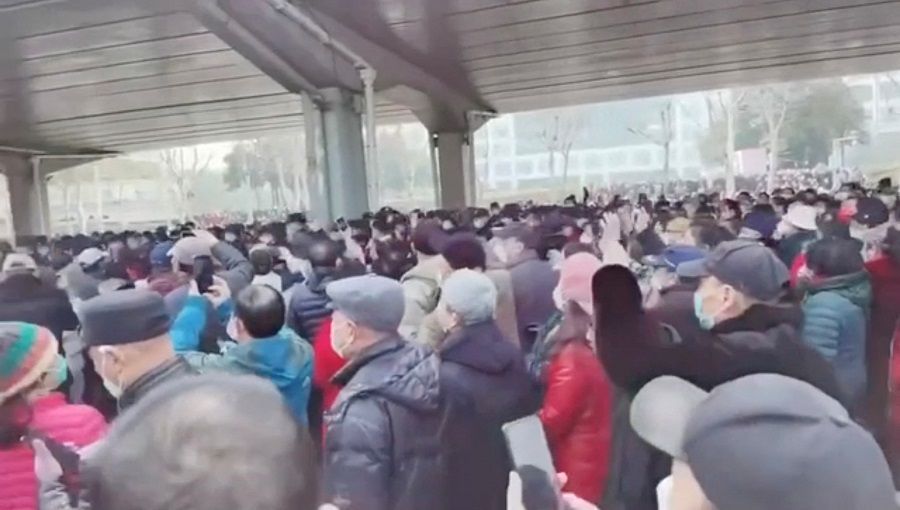
"When is it my turn? Why is it so difficult to see a doctor?"
In the crowded waiting room of a hospital, I overheard a white-haired elderly woman with a thick northeastern accent asking her younger companion. She sounded weak and tired.
It happened two days ago when I was at a public hospital in Shanghai. I had made an appointment to see a specialist doctor. Despite arriving on time, there were still 20 patients before me.
Packed hospital and anxious patients
The waiting room was filled to the brim, with few empty seats left and many people standing against the wall. Some anxious patients even stood in front of the consultation room, incessantly asking if they could see the doctor first. To prevent people from jumping the queue, a security guard was assigned to the consultation room to maintain order. As patients waited anxiously, I could hear a mishmash of Shanghainese, Sichuanese and even dialects that I could not identify.
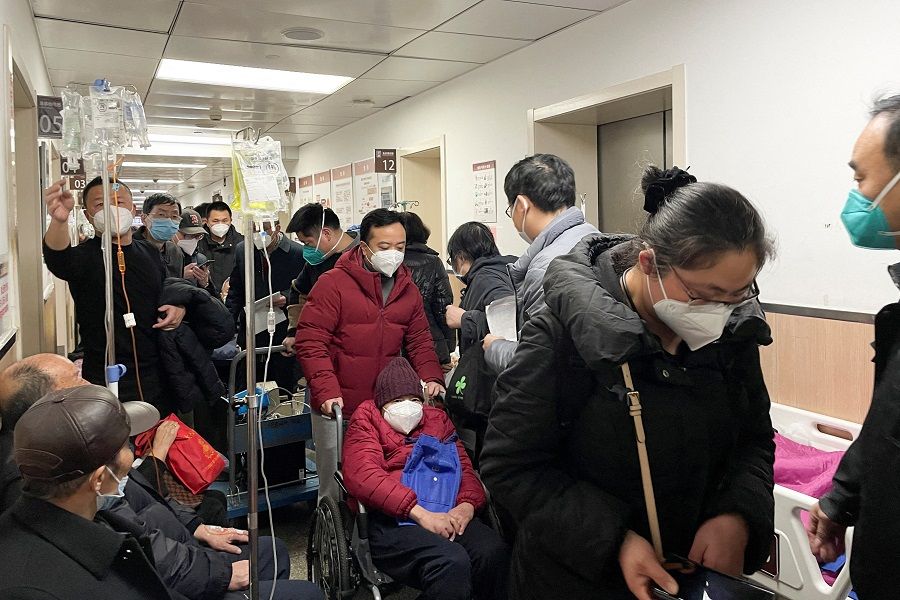
I finally entered the consultation room two hours later, but the patient before me refused to leave. She and her family desperately begged the doctor, "We're from another town and had a hard time getting an appointment with you. Can you prescribe medicine today?"
The doctor sighed, "As I've said, your previous tests were not done in a standardised manner, so I can't make a diagnosis. Tests are now fully booked until next week. I can only prescribe medicine after you complete them."
As a fellow patient, I could empathise with the patient's anxiety and desperation. But I also knew that the doctor's hands were tied. Indeed, I understood why so many retirees have recently become so disgruntled that they have taken to the streets to protest health insurance reforms.
After the reform, the amount deposited into personal accounts was reduced, but outpatient bills that individuals would otherwise bear could now be partially reimbursed.
Health insurance reforms
China first launched reforms of health insurance in 2021 for urban employees and retirees in their personal account system. It transferred about half of the funds originally allocated to personal accounts to a pooled fund in order to support the reimbursement of ordinary outpatient medical bills.
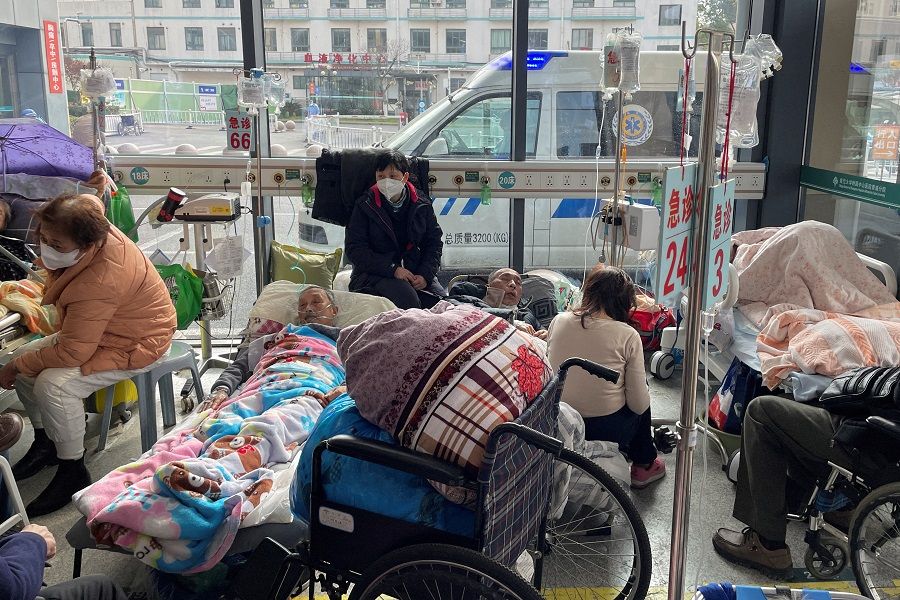
China's health insurance system comprises two parts: personal accounts and a pooled fund. Funds in the personal accounts are at the disposal of the individual and are mainly used for medication and outpatient services for minor illnesses, while the pooled fund is managed by the government and used to reimburse hospitalisation bills and major medical expenses.
After the reform, the amount deposited into personal accounts was reduced, but outpatient bills that individuals would otherwise bear could now be partially reimbursed.
Retirees with reduced incomes and increased medical expenses had the strongest reaction to the new health insurance regulations. They are worried that they would have less money to spend on their daily medications and would have to waste more time and effort going to the hospital.
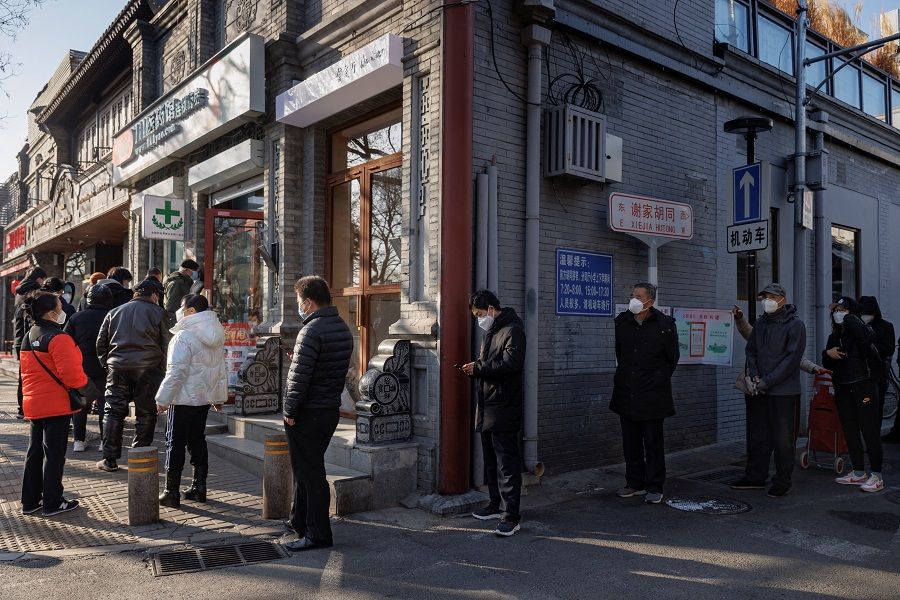
After the new regulations were gradually rolled out in various regions since the end of last year, massive numbers of retirees from Guangzhou in the south, Wuhan in the central region to Dalian in the northeast gathered in front of public offices to protest the changes and demand that they be rolled back.
Following the protest, many local government agencies responded to the public discord. On 21 February, the Economic Daily ran a commentary titled "A Rational View of the Reform of the Medical Insurance Personal Account" (《理性看待医保个人账户改革》), calling on people to look at the long-term big picture and be rational about medical insurance changes.
No publicity
Employees' medical insurance in China has links to that of Singapore. When China established its urban employee basic medical insurance programme in 1998, it took a leaf from Singapore's book in setting up a pooled fund contributed by employers, as well as personal accounts with contributions from both employees and their employers.
This made medical insurance more flexible and gave employees a greater sense of gain, and ensured a stable transition from a medical system based on public funds and labour insurance to social insurance in China.
However, the drawbacks of such a system became clearer over time. In Wuhan, at least 60% of funds for personal accounts belong to those who are young and healthy, while the funds in the accounts of the elderly and ill are insufficient. More patients would opt to claim for hospitalisation when given the choice, which added pressure on the pooled fund.
The new plan met with strong backlash only when people noticed that there was less money going into their accounts after the policy was quietly implemented.
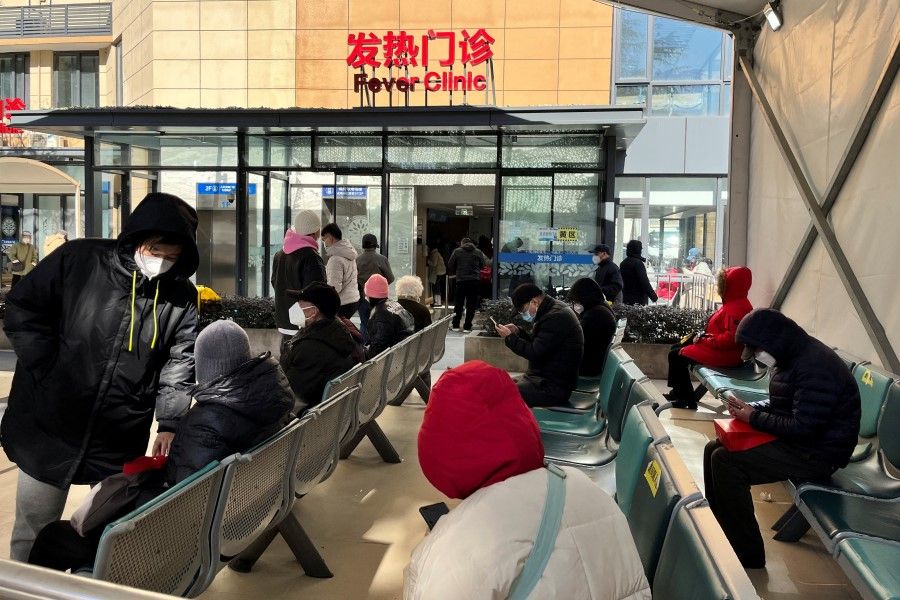
Figures show that in 2020, only six provinces and cities saw surpluses in employees' pension and insurance funds - the rest were in the red. Over the past three years, the ageing population issue has worsened while Covid-related expenses have jumped; add to that a declining economy and weak property market, and local governments are facing growing financial pressure. If the medical insurance system remains unchanged, it will face a sustainability crisis.
Reform is imminent, but the question is how, and how to get the people to accept it. Looking at the current plan, policymakers intend to shift the money in personal accounts to the pooled fund without raising medical insurance fees, in order to raise outpatient treatment standards.
However, this complicated plan did not gain much attention initially as there was no major publicity before it was rolled out. The new plan met with strong backlash only when people noticed that there was less money going into their accounts after the policy was quietly implemented.
More work to be done
Amid growing objections, the National Healthcare Security Administration announced last week that more pharmacies will be eligible for pooled fund claims. This is a reactive move and highlights that the policy was not well researched during the planning stage, with insufficient considerations before its implementation.
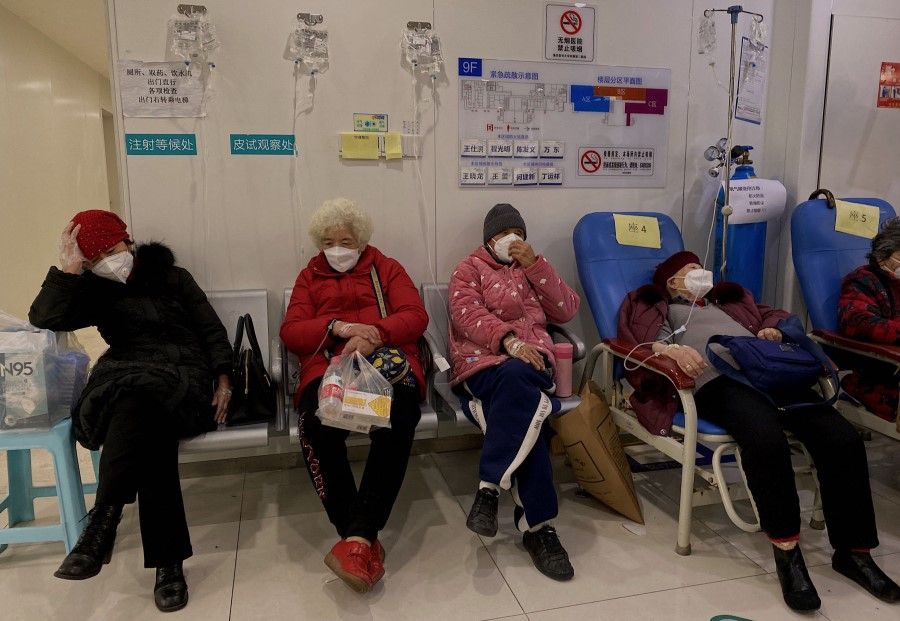
Indeed, building a reasonable and sustainable medical insurance policy is a common difficulty for countries around the world. Over the past 40 years, Singapore's medical insurance system underwent at least five rounds of reforms to lighten the burden on patients and achieve lifetime coverage.
For China with its vast size, large population and enormous regional differences, reforming the medical insurance system will only prove more difficult, while the implementation of new policies will face greater resistance. This will not only test the resolve of policymakers, but also the patience and perseverance of the various parties involved.
This article was first published in Lianhe Zaobao as "难改的医保".
